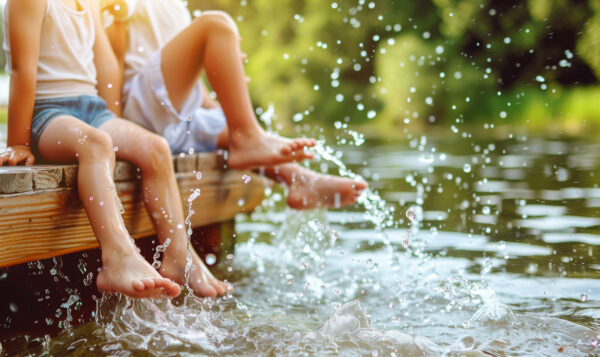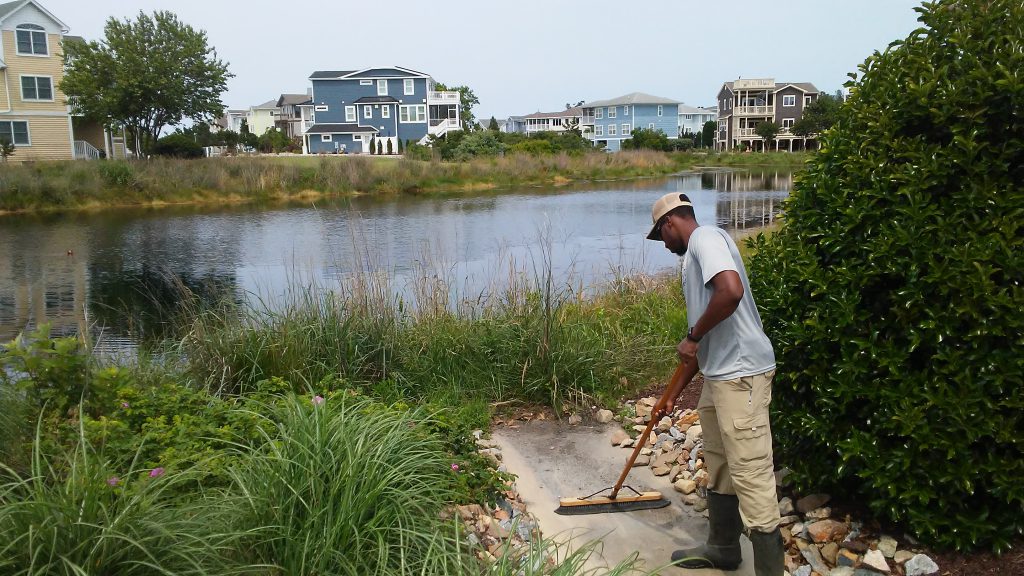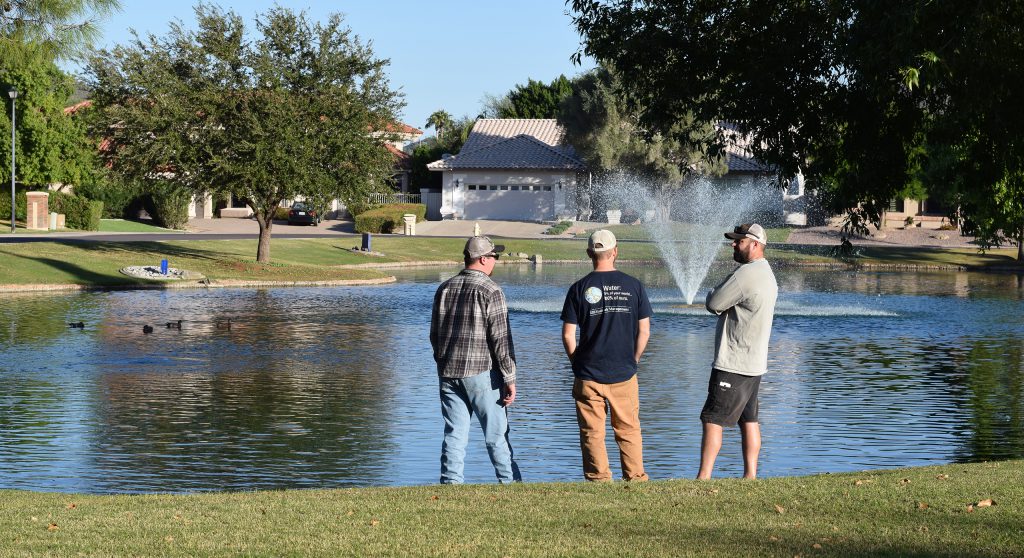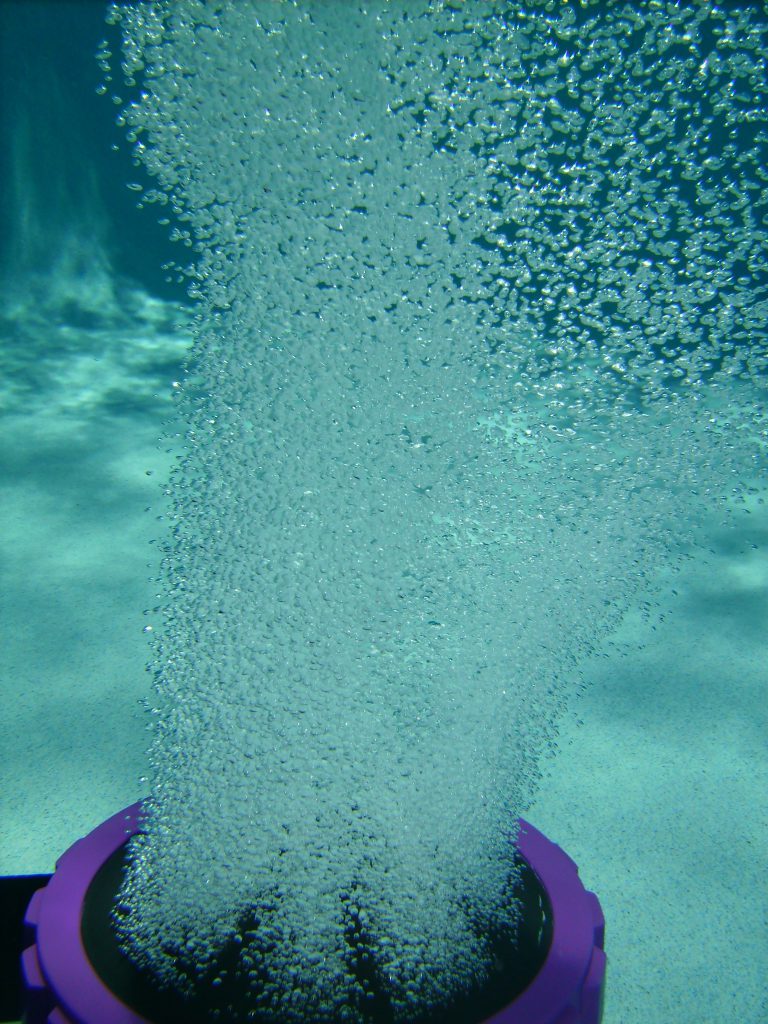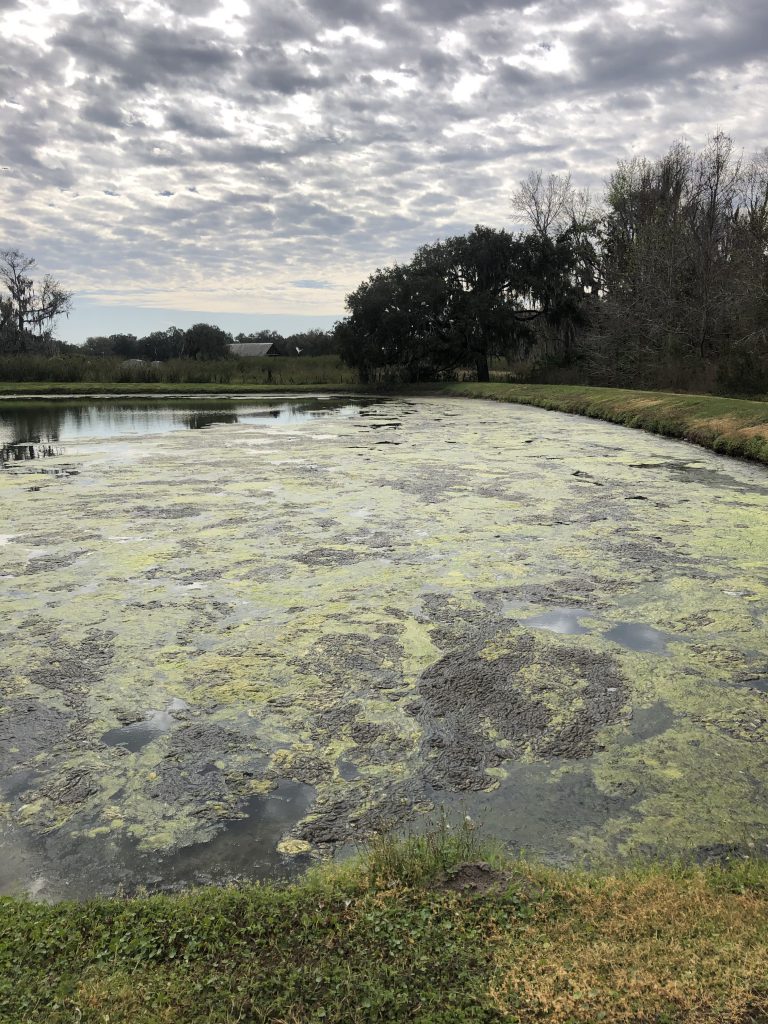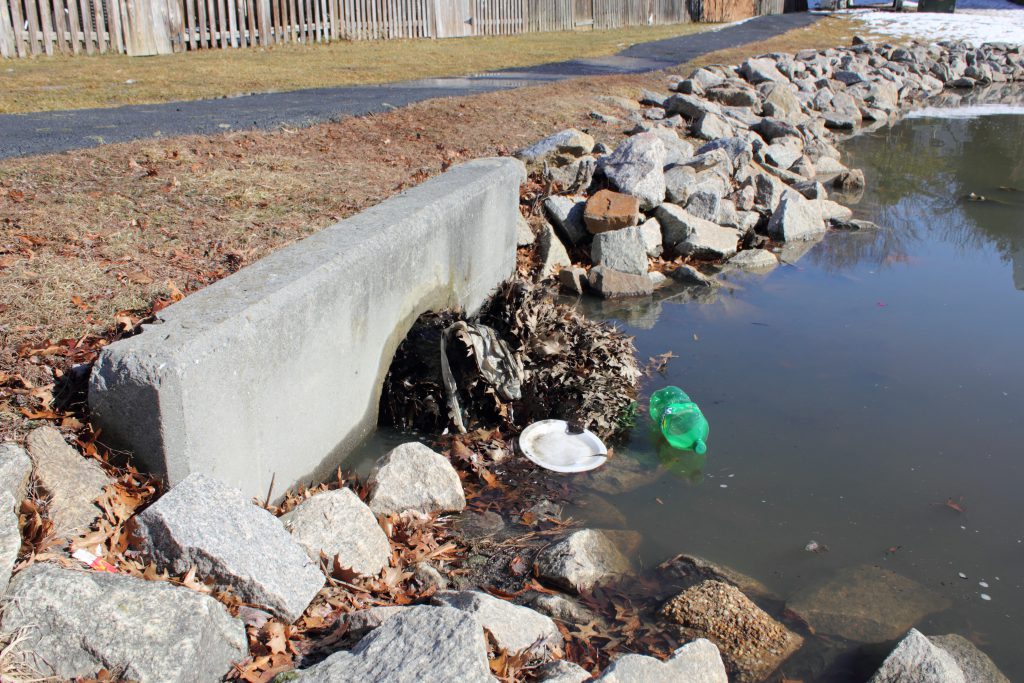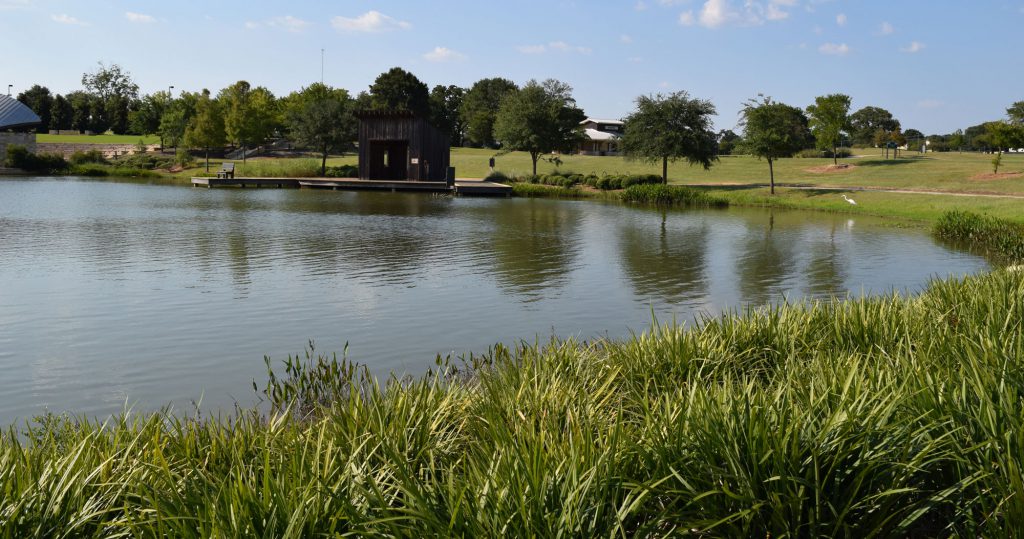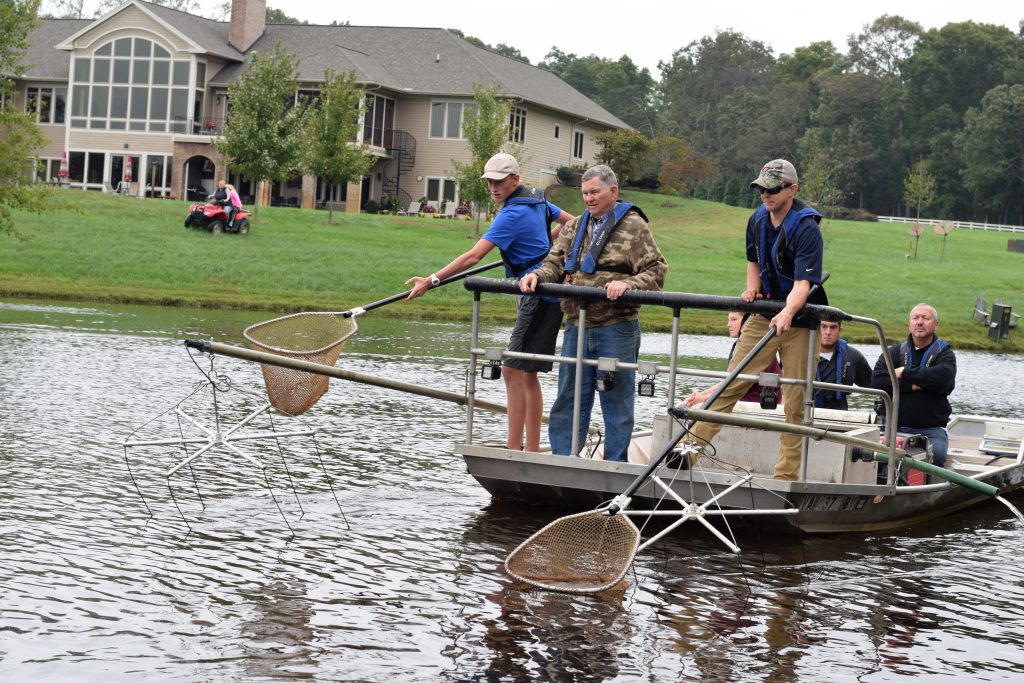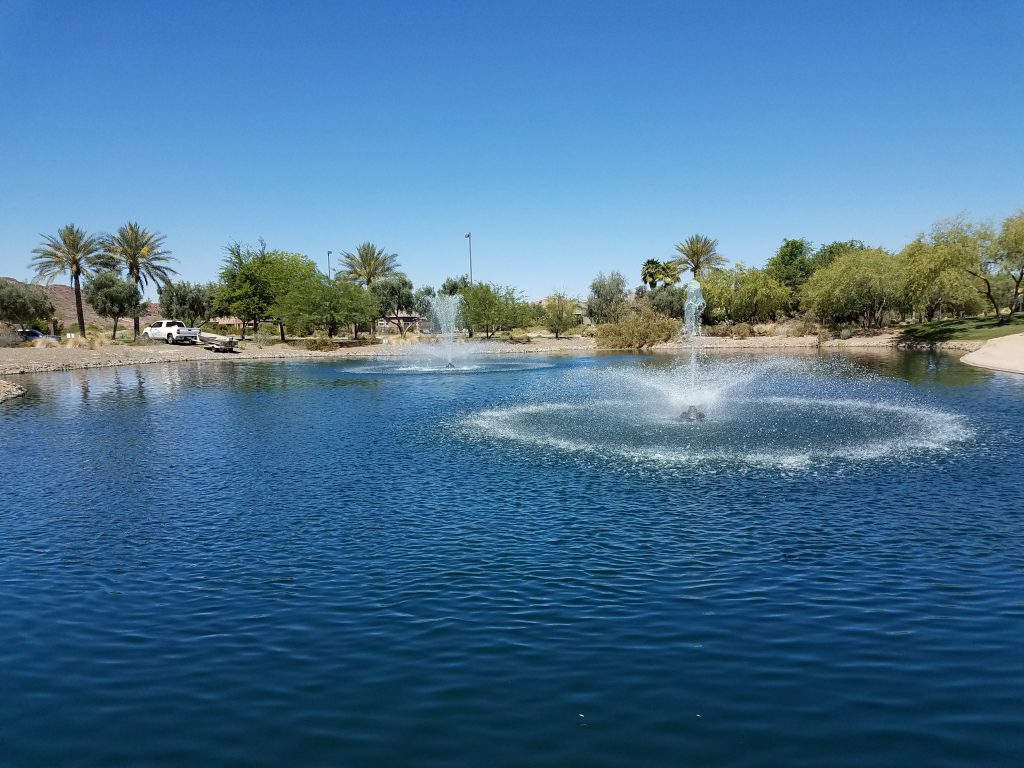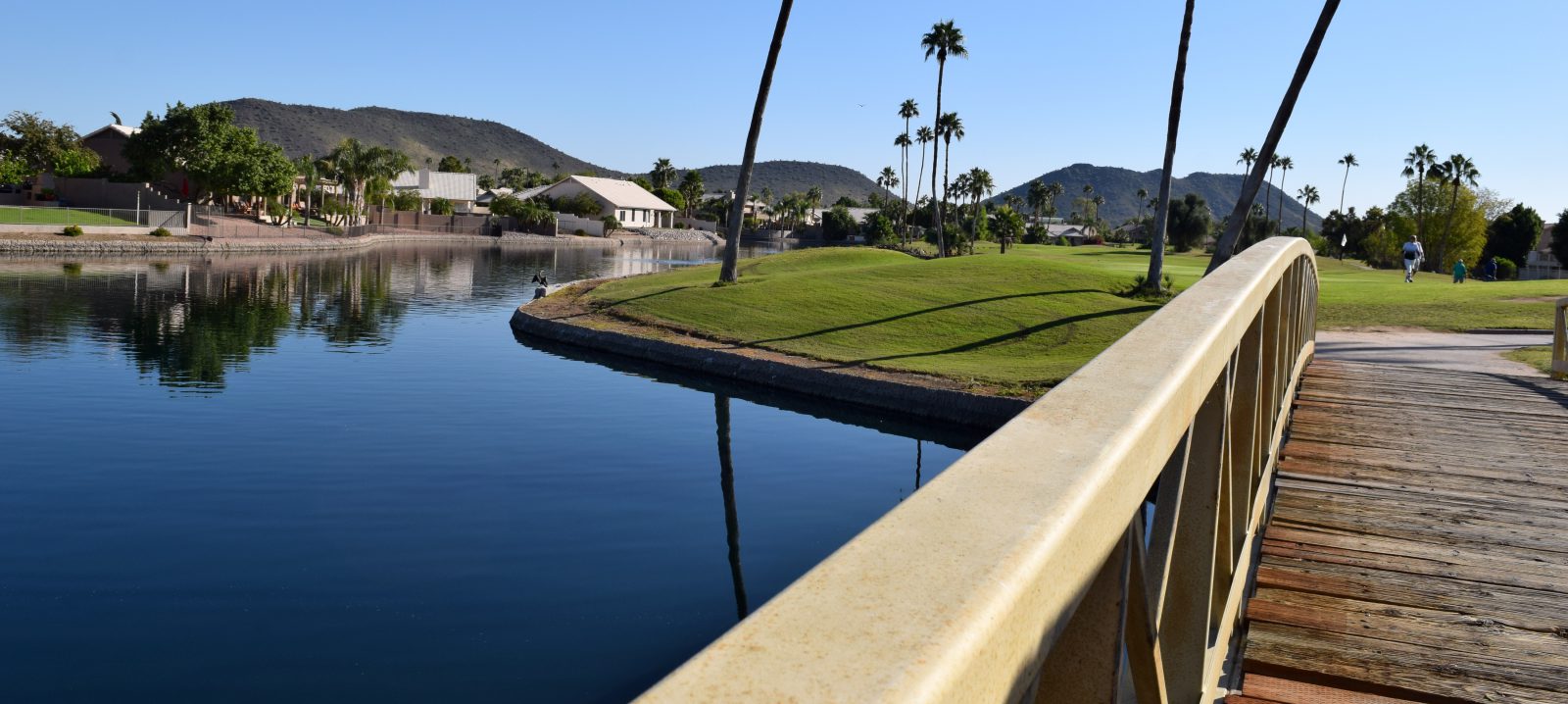
How to Effectively Clean Pond Water
Many properties such as golf courses, gated communities, and other HOA communities feature ponds for aesthetic appeal and practical environmental reasons. In fact, waterbodies can help increase property values and even enhance the happiness of community members – a fact backed by science. But no one wants an algae-covered, muck-filled, and odorous pond. When this happens, what was once an aesthetically pleasing feature turns into an eyesore and an embarrassment. So, how do you clean a pond and keep it healthy?
Why Ponds Need Maintenance
Regular pond maintenance is essential to keep lakes and ponds looking and smelling good. Not only does maintenance help waterbodies remain enjoyable areas for fishing, boating, wildlife watching, and other natural settings to make memories around, it also helps them operate as designed for stormwater retention and runoff. Likewise, pond maintenance prevents the onset of more expensive issues in the future.
Control Options for Pond Algae and Nuisance Plants
Weekly monitoring is one of the most effective ways to ensure your lake or pond stays healthy and balanced. When too much time passes between checks, a waterbody can develop issues that are more problematic and costly to resolve. Weekly or monthly visual checks can help alert you to any nuisance weeds or algae growing in the water or on the shoreline, and give you time to pull in a professional as needed.
Catching this overgrowth as soon as possible is especially important to the health of fish and wildlife that inhabit your pond, as well as any pets that may wander near the waterbody. Certain species can displace wildlife by destroying the native habitat and interfering with the local food chain. Others can make the water dangerous by releasing deadly toxins.
Algae and weed management can be difficult, but regular monitoring and management strategies can help keep it on track. Below are some maintenance tasks that can help ensure your pond continues meeting your goals:
Inspect the Pond Aeration System
During regular monitoring sessions, take a quick look at your pond’s aeration system. The aeration system regulates the flow of oxygen throughout your pond, so it’s important to make sure it is clear of weeds or debris and is functioning properly. When the pond isn’t oxygenated, explosive algal blooms, fish die-offs, muck development, and offensive odors can occur. Aeration keeps the system healthy, balanced, and beautiful, so it is important to make sure it is properly maintained and promptly repaired when needed.
If you do not already have an aeration system, consider having one installed in your waterbody. There are several types of aeration solutions – depending on the size of your pond and your needs, you may choose a floating fountain to circulate and oxygenate the water at the surface while also creating a beautiful backdrop on the water. For deeper ponds, floating fountains can be paired with a submersed aerator, which pumps air to the bottom of the water. As the bubbles float upwards, they release dissolved oxygen and create water movement.
Monitor Algae Growth
Without monitoring and regular maintenance, almost any lake or pond will begin growing algae. It is, after all, a natural process – but that doesn’t mean it’s always a good thing. Too much algae is an indication that your waterbody is suffering from a significant imbalance, such as the presence of excess nutrients. If you see a lot of algae growing in your pond, make sure to intervene as soon as you can.
There are a variety of ways to prevent or eliminate algae and keep it from becoming overwhelming. Aeration can help prevent algae by converting excess nutrients to forms that cannot serve as plant food. The application of beneficial bacteria also works well in ponds that grow algae easily. Natural bacterial applications break down bottom sludge and reduce nitrogen and phosphorus content in the water. For more stubborn algae problems, products like Phoslock and Alum can be applied to “lockup” excess nutrients so that they cannot be used.
Finally, some pond owners choose to use non-toxic food-grade pond dyes, which are typically blue or black in color. By darkening the water, it is possible to minimize light penetration and the process of photosynthesis.
Monitor the Shoreline
The health of the lake or pond shoreline is just as important as the health of the waterbody itself. If you see any debris around the shoreline, make sure it is removed. This includes sticks, twigs, fallen leaves, grass clippings, pet waste, and any other materials that could negatively fall into the pond. When this happens, it can cause poor water quality conditions to occur.
In addition to organic materials, keep an eye out for garbage or plastics and make sure they are removed. Garbage can consist of chemicals or harmful products that are likely to damage the ecosystem of the pond or clog the aeration system. Plastic, in general, and single-use plastic, specifically, are some of the most common trash items found in bodies of water and are extremely damaging to them. Often, fish, birds, and other animals mistake plastic for food and eat it, which is usually fatal.
If your pond does not already have one, it’s beneficial to establish a shoreline buffer to help stabilize the sediment and filter some pollutants naturally. The plants used in a buffer will depend on the region in which you live, so it’s important to work with an aquatic specialist to learn what native plants will work best for your property.
Manage the Fish Population
Watching fish swim around can be very relaxing, and fishing is a popular recreational activity around ponds. A healthy fish population is also a good indicator that a pond is healthy, clean, and thriving. Fish are very sensitive to their environment, so keeping an eye on them can help you learn more about how your pond is doing.
Caring for the water is essential to the well-being of fish and other wildlife that are part of the ecosystem. It’s critical to keep them alive and healthy so that your pond will function properly and remain a beautiful part of the landscape. This means managing the population’s level so that the pond is not overcrowded. When there are too many fish in the pond, the ecosystem will be out of balance. For example, the more fish in the pond, the more waste in the pond. If the pond is overpopulated, it will be hard to keep the water clean. In addition, fish waste feeds algae, causing excess algae growth.
There is more than meets the eye when it comes to managing fish. In fact, it can be extremely complex. Working with a professional fisheries manager can help you make sure you’re implementing the right strategies.
Keep Tabs on Water Temperature
Monitor the water temperature in your pond, especially in the summer months when the water gets significantly warmer. If the pond gets too hot, fish can have trouble breathing and the entire population may abruptly die off.
Your fountain or aerator is a helpful tool to maintain consistent temperatures throughout the waterbody, rather than creating layers of varying degrees from top to bottom. Aeration also helps increase dissolved oxygen levels, which are necessary to support a thriving ecosystem in the pond. This is another reason why it’s crucial to keep your fountain or aerator in proper working order.
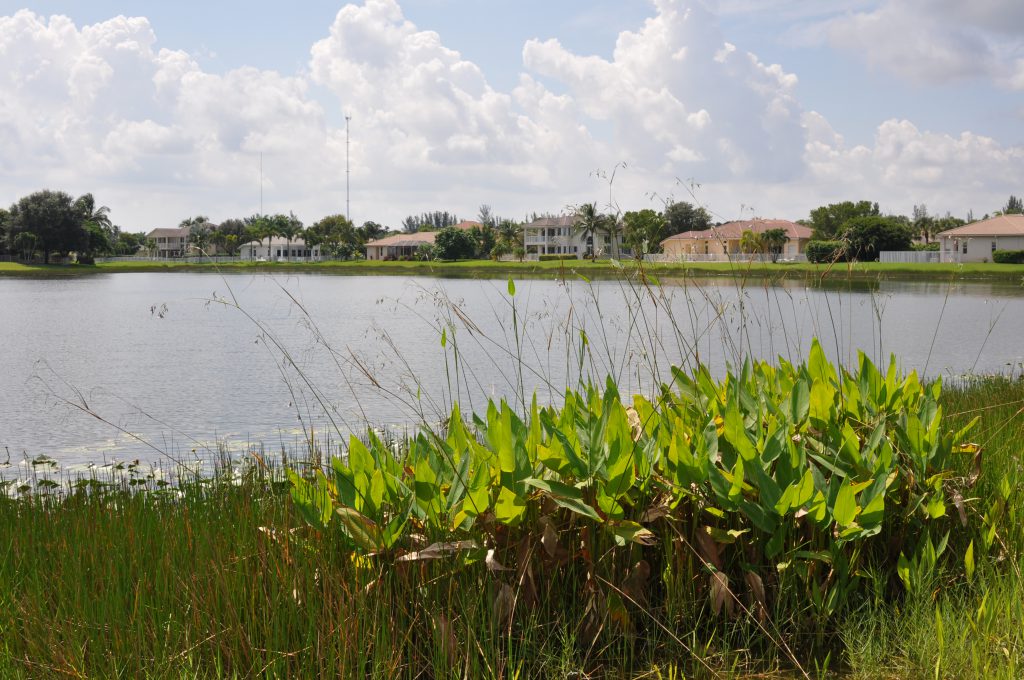
The Best Way to Maintain Pond Health
One of the best ways to maintain pond health is to prevent issues before they start. This means checking on the aeration system, maintaining vegetation around the pond, controlling algae growth, managing fish populations, and more. Refer to this quick checklist as you get started with regular monitoring around your waterbody.
Pond-Maintenance Checklist
- Keep the shoreline around ponds and stormwater structures in good shape. Beneficial buffers add stability and filter out pollutants, but the vegetation needs to be native and well-maintained.
- Periodically check for and remove any trash and debris from the waterbody. They can cause water quality problems, harm wildlife, and clog aeration and stormwater equipment.
- Communicate with neighborhood residents, tenants, and homeowners the importance of reducing the use of pollutants and chemicals like lawn fertilizers. These can cause unintended algae and plant growth if they enter the water.
- Have a professional regularly inspect the stormwater drains that deliver water to the retention pond. Make sure to keep them in good working order by removing trash and debris.
- Protect the health of fish populations by keeping the water well-circulated and aerated, removing invasive plants, preventing algae growth, and working with a professional fisheries manager for long-lasting solutions.
Our waterbodies are some of the most important natural structures in our communities. We rely on them for stormwater collection, drinking water, recreation, irrigation, agriculture, and much more. It’s up to us to keep them beautiful, healthy, and in proper working order, starting with the small things.
Water Quality Assessments
SOLitude Lake Management is a nationwide environmental firm committed to providing sustainable solutions that improve water quality, enhance beauty and preserve natural resources.
SOLitude’s team of aquatic scientists specializes in the development and execution of customized lake, stormwater pond, wetland and fisheries management programs. Services include water quality testing and restoration, algae and aquatic weed control, installation and maintenance of fountains and aeration systems, shoreline erosion control, muck and sediment removal and invasive species management. SOLitude partners with homeowners associations, golf courses, private landowners, businesses and municipalities. SOLitude Lake Management is part of Rentokil, a leading business services company, operating across the United States, Canada and Puerto Rico.
For more information, visit SOLitude Lake Management at solitudelakemanagement.com, and connect on Facebook, LinkedIn and Twitter.

